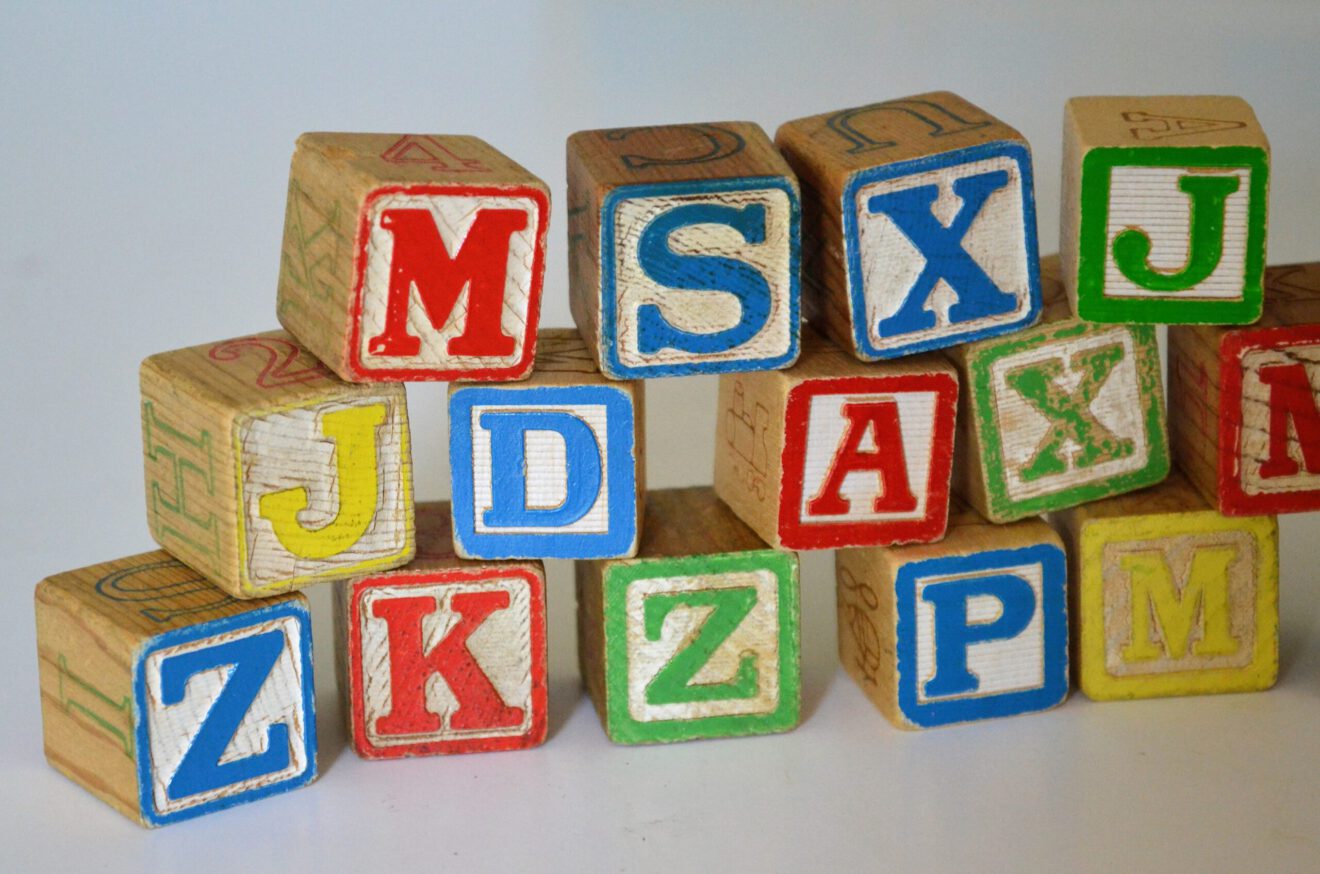In a digital native’s world of emojis, abbreviations, and internet acronyms, does vocabulary still matter? The answer, of course, is a resounding yes.
Vocabulary is important because readers can’t fully understand texts without knowing the meaning of the words within the text. Textual meaning is constructed on building blocks of vocabulary.
Decades of research demonstrate that vocabulary — knowledge of word meanings — is strongly related to reading comprehension. The more words a reader knows, the greater the likelihood the reader will understand a text. In addition, different content areas — such as math, science, social studies and art — contain their own sets of words reflecting concepts specific to the discipline. Not understanding these words will result in reduced understanding in these areas.
In addition, all languages, including the English language, are continually growing and changing. Editors of the Oxford English Dictionary estimate that they add approximately 1,000 new entries to the dictionary each year.
But how many words does a reader need to know? And how can we make vocabulary instruction more effective and engaging for students?
Acquiring new words
In “The Vocabulary Book: Learning & Instruction,” author Michael F. Graves suggests that from the beginning of first grade to the end of high school, a linguistically advantaged student should add about 40,000 words to his or her oral and reading vocabularies. That means a student needs to acquire about 3,300 new words each year, or slightly more than 90 words per week throughout a 36-week school year. Linguistically less-advantaged students acquire about half that total number of words, which suggests that the reading difficulties experienced by many students are due to their limited vocabularies.
It is important to note that many words students acquire are learned incidentally and informally through life’s experience. Even so, the need for intentional vocabulary instruction is more important than ever — and one of the best places to encounter words for expanding vocabulary is in the texts that students read.
Noticing and learning new words while reading
Reading aloud to students is an ideal activity for developing their interest in reading while exposing them to high-quality literature and to new words. Authors purposely use rich vocabulary to enhance their writing. Moreover, because the words are embedded in rich, meaningful context, readers can often determine the meaning of these words from the clues given by that context.
As you read to students, ask them to listen for and jot down any interesting or unusual words the author has used. After reading and discussing the story with them, ask them to call out the words they noted. You can also list a few words of your own. Write and display the words for the whole class on the board, or have students jot down the words in their own personal word journals. Ask them to talk about why they chose certain words. Most importantly, clarify and discuss the meaning of each word as you write it. Once the words are on display, challenge students to use the words in their own written and oral language. Each day, add new words and spend a few minutes reading through and discussing previous additions.
Digital tools and resources can also help in teaching words based on context and meaning, and make it easier to differentiate vocabulary instruction and practice. For example, one digital solution called Vocabulary A-Z lets teachers choose from premade vocabulary lessons and word lists and connect them to their current topics of study or popular reading series. In addition, online and mobile game-based activities can be used to motivate students and extend their learning outside of the classroom.
Improving reading comprehension and writing
Integrating vocabulary lessons and practice into reading instruction will improve students’ reading comprehension and writing as they begin to use the new words in their own written compositions. Above all, activities like these develop in students a fascination with words that will last a lifetime.
Timothy Rasinski, Ph.D., is a professor of literacy education at Kent State University and director of its reading clinic. He also holds the Rebecca Tolle and Burton W. Gorman Endowed Chair in Educational Leadership. He has written more than 200 articles and has authored, co-authored, or edited 50 books or curriculum programs on reading education. He is past-president of the College Reading Association, which awarded him the A. B. Herr and Laureate Awards for his scholarly contributions to literacy education. In 2010, he was elected to the International Reading Hall of Fame.
_____________________________________________
Like this article? Sign up for ASCD SmartBrief to get news like this in your inbox, or check out all of SmartBrief’s education newsletters, covering career and technical education, educational leadership, math education and more.
